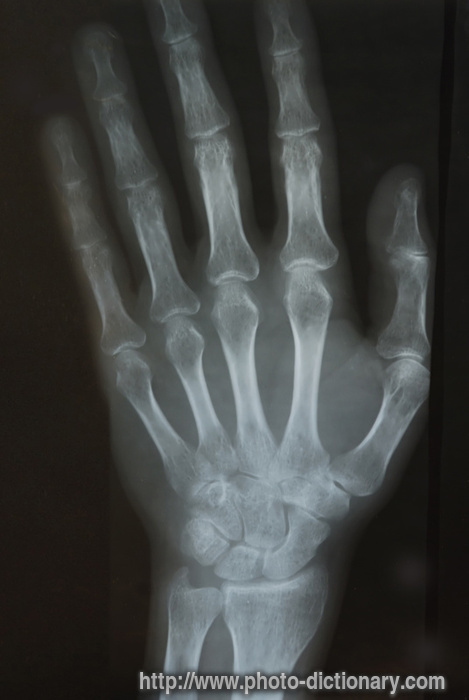 Photo Credit: Kevin Chan 5th
Photo Credit: Kevin Chan 5thToday in chemistry we made rock candy!! Our teacher Mr.Olsen showed us a process that will lead us to the product of rock candy. Here are the tricks: First the materials you need are:
- Sugar
- Candy (lifesaver)
- Cotton string
- water
- glass
- First fill you glass with a heated sugar solution about half way full.
- Then dip you candy in sugar covering it completely.
- Then cut a string and tie the candy and connect it to the Popsicle stick. When doing this make sure the candy is a few inches above the bottom of the glass.
- You can now add food coloring to make it look nice.
- Wait about 24 hours and if this doesn't work you should repeat these steps.
However, all substances can only dissolve up to a certain point. At that point, the solution becomes saturated, and if you add any more sugar, it will remain solid because it has no room to dissolve.
When we heat water and sugar, we increase the saturation capacity, so more sugar can dissolve. This is because heat causes molecules to move apart and have more energy, so the sugar molecules can dissolve in hot water better than in cold water.



